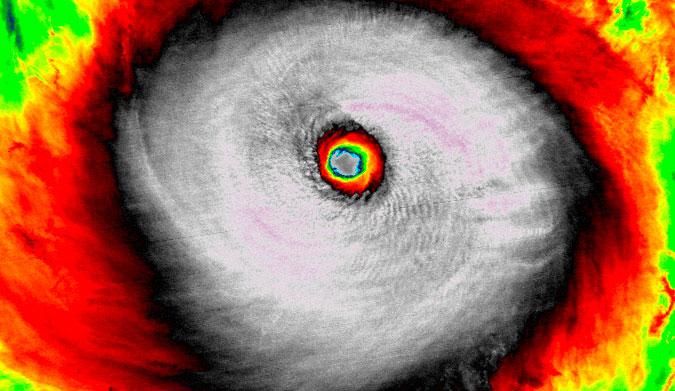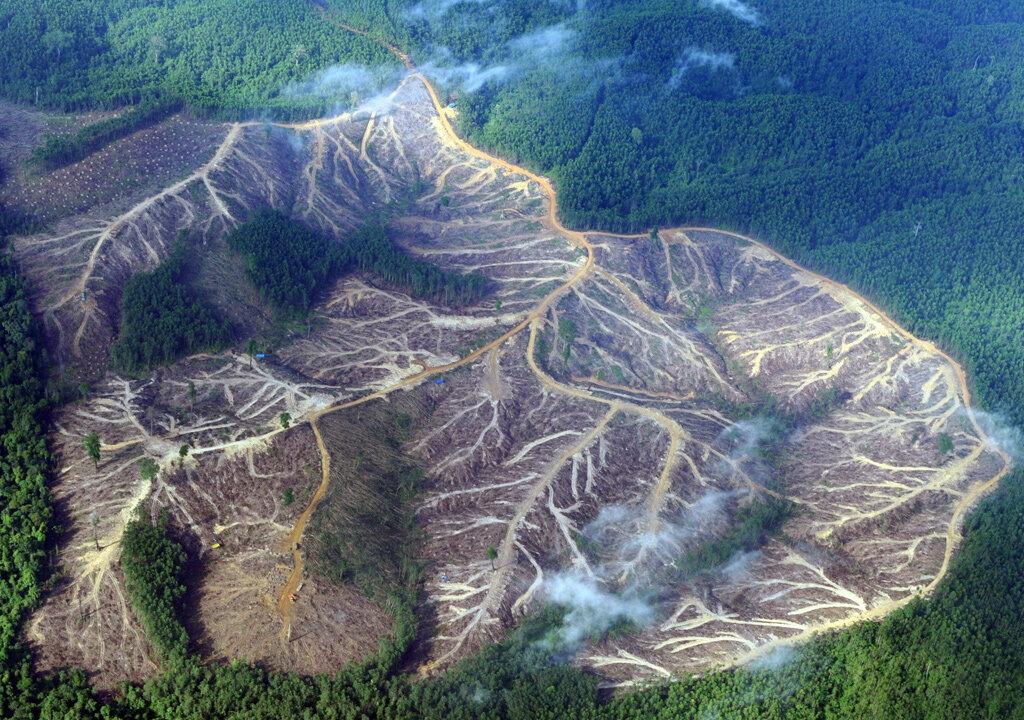Last November Category 5 Typhoon “Nuri” roared towards Japan and the Bering Sea with 300 km per hour winds. Incredible video images and headlines popped up all over the internet as well as talk of 50-foot-plus waves and the endangered Alaskan crab fishing fleet. This super-typhoon was so powerful that it changed the entire Northern Hemisphere’s weather pattern.
In April, 2014 and about 6 months ahead of the super-storm, the Texas A&M prestigious Department of Atmospheric Sciences published an incredible report that has gone unnoticed by the popular press. Comparing air pollution rates from 1850 to 2000, scientists found that man made particles in Asian air pollution impact the Pacific storm track and influence much of the world’s changing weather.
Yuan Wang, Yun Lin, Jiaxi Hu, Bowen Pan, Misti Levy and Renyi Zhang of Texas A&M’s Department of Atmospheric Sciences, along with colleagues from Pacific Northwest National Laboratory, the University of California at San Diego and NASA’s Jet Propulsion Laboratory, contributed to the work.
By comparing aerosols the team found that Asian air pollution conclusively impacted cloud formation and mid-latitude cyclones associated with the Pacific storm track.
Zhang said, “There appears to be little doubt that these particles from Asia affect storms sweeping across the Pacific and subsequently the weather patterns in North America and the rest of the world.”
“The climate model is quite clear on this point. The aerosols formed by human activities from fast-growing Asian economies do impact storm formation and global air circulation downstream. They tend to make storms deeper and stronger and more intense, and these storms also have more precipitation in them. We believe this is the first time that a study has provided such a global perspective.”
We also know that these aerosols have a serious impact on global climate by altering cloud formation. Coincidentally, 93% of California is moving into its fourth year of drought. Little rainfall and record-breaking high temperatures drive the water shortages. The state’s snowpack is the lowest ever at 5 percent of the historical average according to the April 1 measurement when snowpack is normally at its maximum. Little snow means no water for reservoirs.
Research shows that California’s drought is the worst in 1,200 years. Most ascribe the drought to climate change and the data pouring out of NASA satellites. In fact, the 2014 calendar year was the warmest in California in 119 years of record keeping and broke prior records by an unprecedented margin.
But climate change is complex and not just the result of green house gases.
Zhang says large amounts of aerosols and their transport from Asia across the Pacific to North America can clearly be seen by satellite images.“Our results support previous findings that show that particles entering the air over Asia tend to affect global weather patterns.”
Coauthor Yuan Wang, who currently works at NASA’s Jet Propulsion Laboratory as a Caltech Postdoctoral Scholar says that air pollution from the rapidly developing countries in Asia is impacting on agriculture and economies half a world away.
The recent super- storms and changing rainfall patterns are no doubt connected with the increasing Asian air pollution. Perhaps it’s time for developing economies to begin to fall in line with environmental standards on this tiny planet that we all must share.





